06 Dec 2019 - {{hitsCtrl.values.hits}}
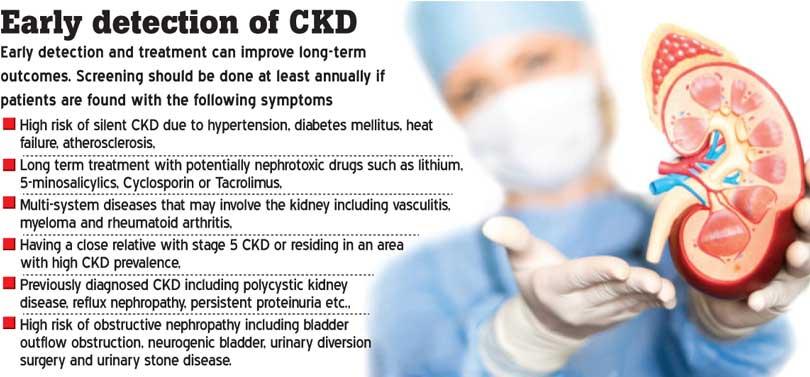
 Chronic Kidney Disease of unknown aetiology, commonly known as CKDu is prevalent especially in the North Central Province of Sri Lanka. Today, many villagers have given up hopes on life because once diagnosed, they are unable to do anything on their own. The inability to urinate, feeling tired, dizziness and various other complications confine them to one place. In remote areas, dialysis cycles are time consuming and patients sometimes don’t have a mode of transport to return home. With such challenges, medical practitioners are doing their best to help these patients survive for the rest of their lives. A newly established dialysis unit at the Medawachchiya Hospital can accommodate eight patients daily. But early detection, diagnosis and continuous screening could be beneficial for people in vulnerable communities long-term.
Chronic Kidney Disease of unknown aetiology, commonly known as CKDu is prevalent especially in the North Central Province of Sri Lanka. Today, many villagers have given up hopes on life because once diagnosed, they are unable to do anything on their own. The inability to urinate, feeling tired, dizziness and various other complications confine them to one place. In remote areas, dialysis cycles are time consuming and patients sometimes don’t have a mode of transport to return home. With such challenges, medical practitioners are doing their best to help these patients survive for the rest of their lives. A newly established dialysis unit at the Medawachchiya Hospital can accommodate eight patients daily. But early detection, diagnosis and continuous screening could be beneficial for people in vulnerable communities long-term.
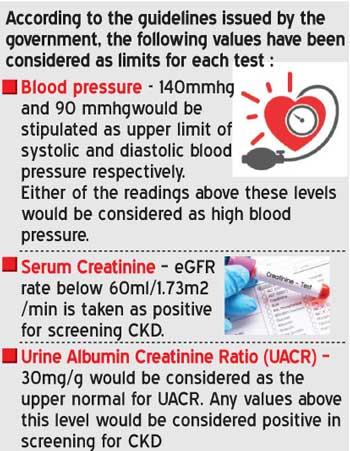 Speaking to the Mirror Health Capsule, Dr. Indumina Rupasinghe, Medical Officer at Medawachchiya Hospital explained the importance of diagnosing CKD while referring to the screening guidelines spelled out by the Government.
Speaking to the Mirror Health Capsule, Dr. Indumina Rupasinghe, Medical Officer at Medawachchiya Hospital explained the importance of diagnosing CKD while referring to the screening guidelines spelled out by the Government.
Diagnosing CKD
“Each kidney has one million nephrons and kidney disease occurs when these nephrons are damaged,” explained Dr. Rupasinghe. “If it continues for more than three months it is considered as a chronic condition. If you take Medawachchiya alone, out of a population of around 55,000 people, 7% are diagnosed with CKD. They undergo both Western and Ayurvedic treatments. With regard to western medicine, we conduct CKD prevention programmes in each Gramaniladhari Division around the country. Through these programmes we screen patients according to the guidelines set by the Government. According to the guidelines we can screen patients above 16 years of age. There we take a blood sample of each patient and send it to the laboratory. In this case it is either the Medawachchiya Hospital or the Anuradhapura Teaching Hospital. The results are recorded according to each GN division and we get a report for each case. We check on the serum creatinine and the estimated glomerular filtration rate (eGFR) factors in the blood sample. Thereafter we list them as a patient or otherwise. Patients are categorised from stages one to five. If eGFR is less than 60 we send the patient for special examinations. A visiting consultant nephrologist who visits the Medawachchiya Hospital once a month then checks these patients. If the patient is being diagnosed as having CKD after the scan we register him or her in the clinic and commence treatment. If the condition is critical the consultant decides whether to put the patient for dialysis. But for this we need the consent of the patient. If they don’t like dialysis we give them oral medication or if they want a kidney transplant we arrange that as well,” said Dr. Rupasinghe.
Abnormalities present due to three months could be due to CKD, acute kidney disease or acute kidney disease on a background of CKD. As such, one or more of the following should be present to make a diagnosis of CKD :
Early detection of CKD
Early detection and treatment can improve long-term outcomes. Screening should be done at least annually if patients are found with the following symptoms :
Cutoff Values for Blood Pressure and Laboratory Investigations
According to the guidelines issued by the government, the following values have been considered as limits for each test :
If any of the above readings is positive for a patient he or she would be considered ‘positive’for the screening test irrespective of the blood
pressure levels.
Those who are suffering from acute illness, pregnant women and women in their menstruating period are not eligible for screening. Suitable measures need to be assured to screen them once they recover from contraindications.
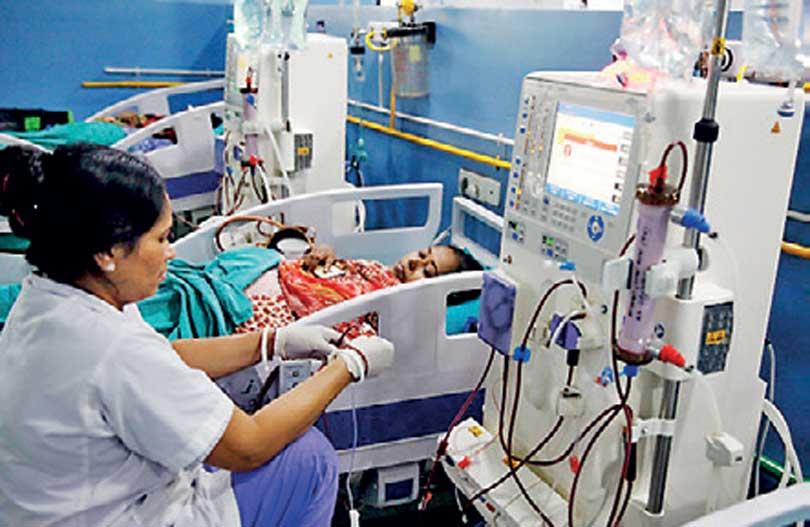
Administration of Screening Tool
The tool is expected to be administered in the community setting, in field screening clinics.
Collecting and dispatching blood samples
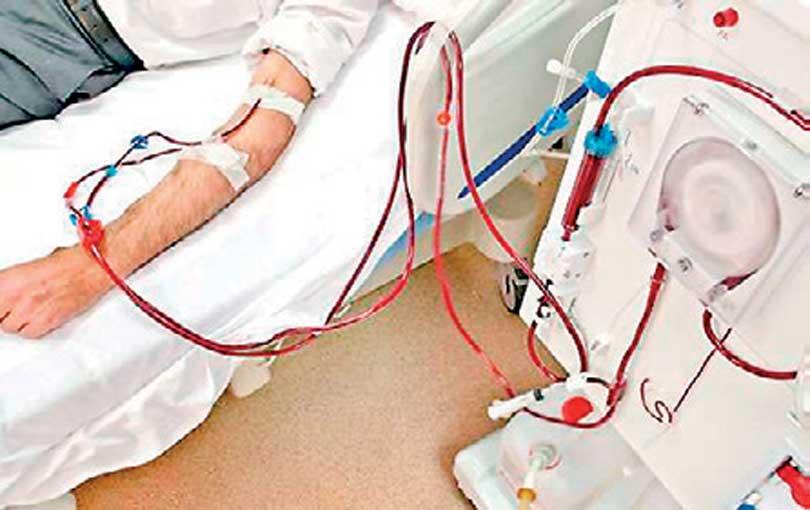
Collecting and dispatching urine samples
The testing should be done as soon as the samples reach the laboratory, necessarily not exceeding 24 hours from the time of collecting the samples.
Each kidney has one million nephrons and kidney disease occurs when these nephrons are damaged
Jaffe Kinetic Method should be used in testing for Serum Creatinine in an appropriately fully automated analyzer to ensure the validity of the test. JKM is a standard routine for measuring Serum Creatinine using alkaline picrate.
Overcoming challenges
“Since the kidney doesn’t function we have medicine that would support its function,” he continued. “We issue an identification card to patients below 60 and advice those nearing 60 to repeat the scan. Anyway we advice patients to do a scan annually Our main objective is to identify patients in these villages. There are many programmes to provide filtered water to these patients. A new tap line is also being installed to provide clean drinking water. People are now aware of CKD and the prevalence is less. In Medawachchiya we see that there’s a reduction in people who are participating in these clinics. This is one of the challenges we have,” the doctor concluded.
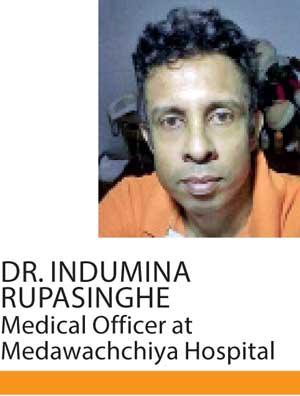
21 Dec 2024 21 Dec 2024
21 Dec 2024 21 Dec 2024
21 Dec 2024 21 Dec 2024
21 Dec 2024 21 Dec 2024
21 Dec 2024 21 Dec 2024